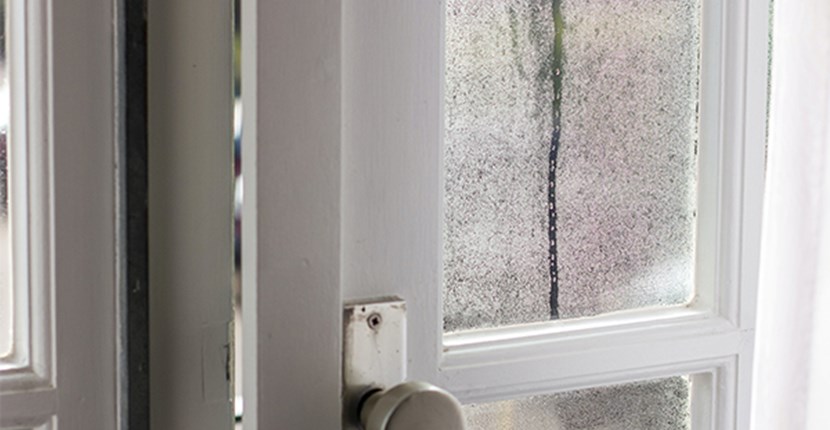Posted on 20 09 2021
Tips for Reducing Excess Moisture in your Home

Moisture and condensation in your home can cause a range of problems for you and your family. Dampness is the perfect breeding ground for mould, which is harmful to your health and highly damaging to the structure of your home itself.
Reducing dampness in your home by improving ventilation, adding adequate draught stopping and insulation, and employing other smart tips, will help create a dry, healthy home that keeps your family warm and safe.
1. Install a ground moisture barrier – airflow in and out of an enclosed subfloor can get obstructed, leading to mould and poor air quality in your home. Laying a ground moisture barrier can help reduce any damage caused by damp. Ground moisture barriers are generally a thick polythene sheet installed on the subfloor under your house to keep moisture in the ground and prevent moisture from rising up and inside the home.
2. Air your home regularly – poor ventilation also encourages mildew and bacteria growth, so make sure you open your doors and windows regularly to promote airflow and help avoid condensation. Try and open your doors and windows for 10-15 minutes each day, or install a home ventilation system.
3. Use energy-efficient heating systems – heat every room being used by someone to at least 18°C, ideally using an energy-efficient heat pump. Heat pumps are an excellent option as they keep homes warm during winter, cool during summer and can also function as dehumidifiers. There are two different modes on a heat pump that can help reduce moisture levels:
- Cooling mode: In this mode, the heat pump can draw moisture out of the air and transfer it outside.
- Dry mode: When operating in this mode, the heat pump alternates between heating and cooling, maintaining the room's temperature and eliminating excess moisture from forming.
By using the dehumidifying options of a heat pump, a home's temperature can be adequately maintained, creating a healthier and more energy-efficient environment.
4. Install and use extractor fans and rangehoods – it is essential to ensure rooms like bathrooms and kitchens where a lot of moisture is generated are well ventilated. Installing and using extractor fans in these rooms will help reduce condensation levels. Also, consider installing a shower dome in your bathroom to reduce condensation further.
5. Dry washing outside – where possible, dry washing on an outdoor washing line or a rack under a covered outdoor area. Dryers can create condensation, so try and limit use to finishing of drying, or when it is raining and drying clothes outside is not possible.
6. Insulate your home – while insulation doesn't directly reduce excess moisture levels, having a warmer home means having a drier home. The warmth insulation provides means moisture is less likely to form on surfaces within the home during the winter.
7. Block any draughts – draughts can bring in both the cold and damp, so it is essential to find and block draughts. Likely places these come from are around openings like windows, doors and pet doors; through the ceilings and floorboards, particularly if there is no insulation; and through other openings like chimneys, fireplaces, extractor fans, rangehoods and wiring and plumbing.
8. Keep your home well maintained – check that pipes and plumbing have no leaks that are allowing moisture into walls floors or near showers and baths; keep gutters and downpipes clear and ensure they are correctly connected to stormwater drains; ensure any subfloor wall vents are unblocked, and the subfloor is clear, and check that your wall and roof cladding and flashings have no damage or leaks.
By utilising these tips to reducing and eliminating moisture sources in your home, you can prevent mould, keep your home warmer, reduce damage caused by damp, and keep your family safe.
Greenside has a team of experts that can advise on moisture reduction, heat pumps, insulation, ventilation, draught stopping, and more, so get in touch with us today to see how we can help keep your home warm, dry and healthy for you and your family.